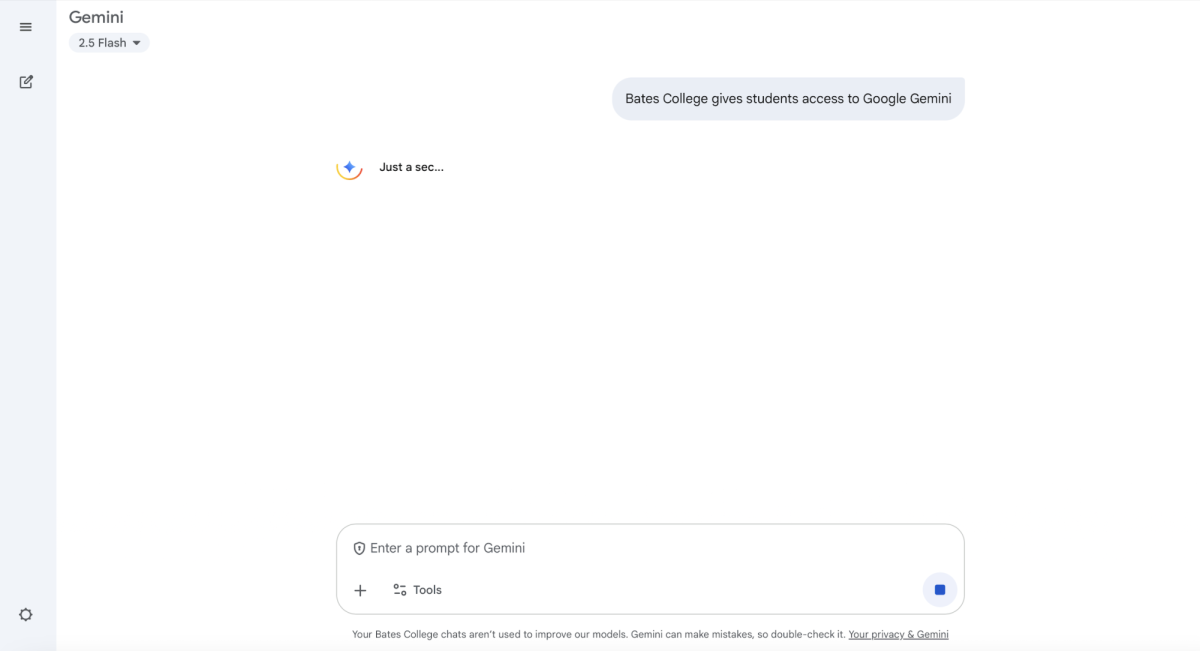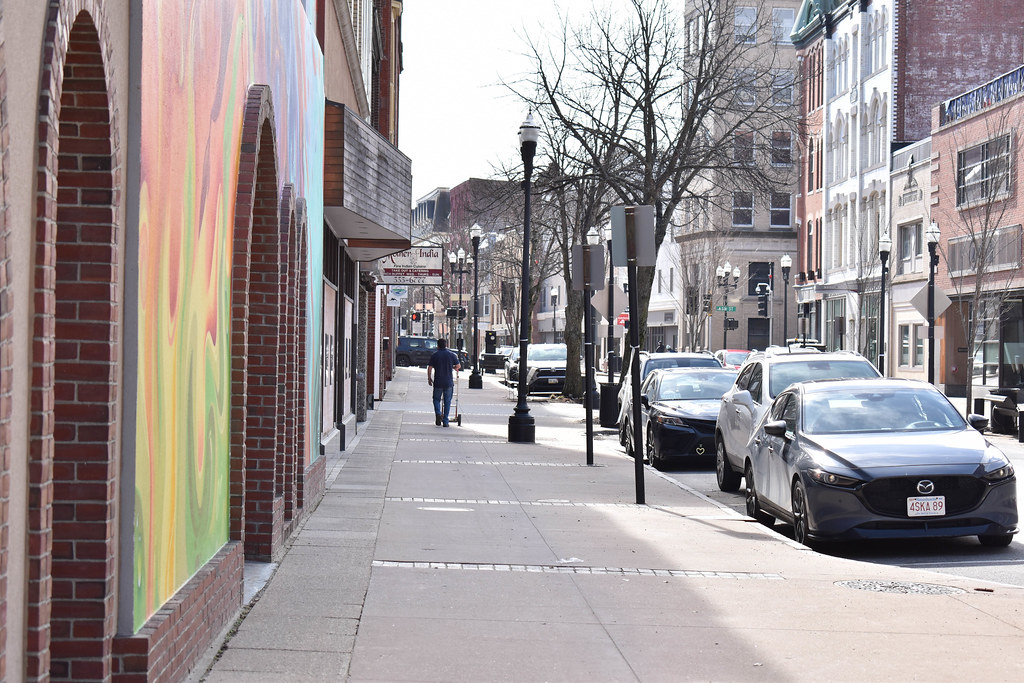The New York Times ranked Bates last in a recent analysis of economic diversity at the 286 most selective colleges and universities in the United States. Just 8% of the Bates student population received Pell Grants, federal awards that subsidize college expenses for low-income students, in the 2020-2021 academic year. Bates tied with Oberlin College, Fairfield University and Tulane University for the lowest percentage of Pell Grant recipients in the student body of the colleges investigated by the Times. Of these four institutions, Bates has the second-highest endowment per student at $248,000.
Another article in the Times revealed that Bates is four times more likely to admit a student in the top 1% of the income distribution than a student in the bottom 20% when the students have the same standardized test scores.
In a statement to the Student, Bates Media Relations Specialist Mary Pols said that “Bates is need-aware in its admission process.” This means that the college takes income and students’ ability to pay tuition into consideration during the admissions process.
Pell Grant recipients are only one measure of economic diversity; there are several other types of financial aid, specifically need-based financial aid from Bates itself. Bates provides a significant amount of need-based aid; of the last four institutions tied for last place in the Times’ ranking, Bates has the lowest net price for middle-income families at $9,900. In her statement, Pols said, “We are proud to be — and are deeply committed to remaining — one of only 75 colleges in the country to meet the full demonstrated financial need for every student we admit.”
As for the student experience of economic diversity, many feel an unspoken socioeconomic divide on campus, as well as a misalignment in the values and practices of the college.
When asked if she saw indicators of economic diversity at Bates, Leslie Jimenez ’26 said that she certainly sees indicators of economic diversity, but would not call Bates economically diverse, saying that “a lot of [the lack of economic diversity] is revealed through conversation, and expression of experiences and the confidence people have going into college.”
When asked if she thought Bates was economically diverse, she noted that “diversity and disparity are two really different things, and I wouldn’t necessarily consider Bates economically diverse.” She expressed appreciation for programs creating a sense of belonging for lower-income students, such as the Kessler Program, but also noted a lack of support for middle-income students of color. She stated, “I think the integration of various racial and socioeconomic groups is difficult, and naturally when you make social connections, most times you make friendships out of familiarity and comfort.”
On the other hand, Clare McGeever ’26 touched on the potential benefits of a lack of economic diversity at Bates. When asked if she viewed Bates as economically diverse, she stated, “No, but I don’t see it as that bad of a thing, especially for students who come from middle-class families, who have less economic status than most of the Bates population. It helps these students get from point A to point B and hopefully elevate themselves economically when they get out of college.”
The Bates administration said that “the data shared in the New York Times index is from 2020-2021. Since then, we have moved the needle significantly. By the Fall of 2022, we had increased our number of incoming Pell Grant students by 58% from the Fall of 2020 data. The first-year class that entered the Fall of 2022 was 12.4% Pell-eligible, more closely in line with many peer institutions.” They also argued that “in terms of the net price for middle-income families, Bates is among the strongest performers of the 286 schools in their study. This is another indicator of economic diversity.”
The Bates Financial Aid Offices added that “Bates is vested in attracting and enrolling more Pell-eligible students. We are not yet where we want to be with our enrollment of Pell-eligible students, but we are confident that we will continue to make gains.”
As the college focuses on building a more diverse and equitable environment, students continue to grapple with how valuable that will be if there is a lack of socioeconomic cohesion on campus.









Cam • Dec 9, 2023 at 9:11 PM
Hi, I’m submitting this comment as a required part of a final for one of my classes.
I think that it is not very accurate to write that the NYT ranks Bates last for economic diversity if they are just last in some measures of economic diversity. If you had written that there is a good reason to consider Pell Grants to be the best measure of economic diversity, then I would have been more ok with the title. Maybe it would be more accurate to say that Bates is not very economically diverse in many measures, and then go on to define economic diversity in some ways, because I do agree that Bates is really economically not diverse.
Mainer 207 • Oct 24, 2023 at 9:15 AM
Economic diversity (i.e., “class”) is an often invisible and undervalued aspect of diversity, equity, and inclusion. Bates can’t achieve greater economic diversity by only focusing on race, gender, geography, etc., as proxies for class diversity. Where class serves as one of the greatest dividing lines in our society, you’re not a diverse campus without class diversity.